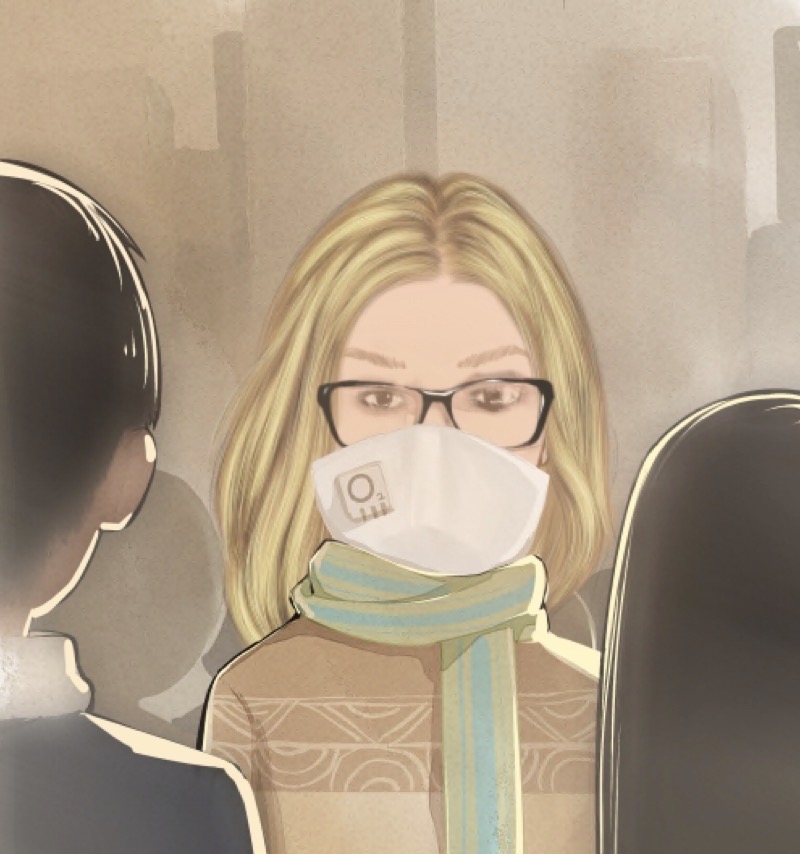Chronic Pruritus
I am not a medical professional and do not work in healthcare; the following information reflects my personal experiences and observations regarding this condition.
I first experienced chronic itching, or Pruritus, in 2015. This episode lasted continuously for over a year. It began on a single leg but quickly spread to affect my entire body within a few days.
The discomfort was intense from the very beginning, significantly impacting my ability to sleep, eat, and concentrate. I experienced persistent itching all over my body, both day and night, which felt nothing short of torture. The sensation resembled tiny insects crawling on and beneath my skin, a phenomenon known as formication.
Despite my best efforts to resist, I couldn't help but scratch the areas affected by the relentless and severe itching sensation. Giving in to the urge only worsened the discomfort, leaving my skin bleeding and inflamed. Over the course of a year, I endured countless visits to hospitals and dermatology clinics, desperately seeking relief and exploring a variety of treatment options.
The doctors had various theories. One dermatologist suspected it might be scabies, tiny mites barely visible to the naked eye that can live on the body and cause intense itching. The idea of possibly having mites crawling all over my body made me feel even sicker. However, despite thoroughly examining my entire body with a magnifying glass, they found no mites. This left them at a loss and sent them back to the drawing board, all while I continued to scratch myself raw.
Following consultations with numerous medical professionals and an extended period spent in various hospital wards, the assessment concluded that the observed symptoms were suggestive of an underlying health condition. Nonetheless, the specific condition remained unidentified, and the triggers for these symptoms were also undetermined.
At this juncture, the persistent itching had emerged as merely one of several troubling symptoms affecting my body. I was experiencing multiple skin allergies that manifested in various forms.
Some affected areas were characterized by well-defined, red, inflamed patches that contrasted sharply with the surrounding skin. In certain regions, the skin had developed a thick, leathery texture accompanied by irregular lumps. Additionally, other sections of my skin displayed tiny flakes of scaling, indicative of irritation. While some rashes bore similarities to eczema, none of the conventional treatments typically effective for this condition produced any relief.
This lack of answers heightened my concern as I navigated potential remedies, complicating my situation and eroding my quality of life. The ongoing presence of these symptoms necessitated a thorough investigation into their underlying causes
photo gallery
This persistent condition took a severe toll on my life, turning every day into a battle with pain and discomfort and making even the simplest moments feel intolerable.
One doctor prescribed maximum-strength corticosteroids (also known as steroids or cortisone), Tavegyl (an antihistamine), a non-steroidal treatment, and lactic acid cream (Locobase). The steroids caused me to gain 40 kilos and lose large clumps of hair. However, I was still experiencing itching and allergies.
Throughout the year, I spent weeks at several wards in Karolinska Hospital, where they performed biopsies and blood tests. I received different medications prescribed by various doctors. I tried everything from topical creams to oral medications, yet none offered the relief I so desperately sought.
Unfortunately, the steroid creams were ineffective, and the UV light therapy did not provide any relief either. After trying the oral steroids and several antihistamines, the only medication that, to some extent, alleviated my symptoms was Tavegyl.
The initial indications of medication allergies, known explicitly as CARPA, manifested when I experienced an allergic reaction to oral pharmaceuticals. Consequently, I had no option but to depend on Tavegyl injections for my treatment.
I had been in and out of hospital wards for over a year, undergoing MRI scans, blood tests, spinal taps, and more. All I wanted was to go home and settle in.
However, to make that possible, I needed to continue with the Tavegyl injections, which meant I had to learn how to self-inject this antihistamine. The thought of taking on this daunting task was nerve-wracking, especially considering the intense stress I was already experiencing due to the allergies, stomach pain, and Pruritus.
I remember feeling a mix of anxiety and determination as I practiced the steps to overcome my fear of needles and the uncertainty of managing my own care. It was a necessary part of managing my condition, so I had no choice but to plunge the needle into my thigh, trying to master this skill while tears rolled down my face.
The cream and Tavegyl helped numb some of the discomfort and pain, but the corticosteroids were making things worse; I was experiencing angioedema and other new symptoms. One of the doctors explained that I had probably developed an allergy to corticosteroids.
While rare, hypersensitivity reactions to steroids can occur, ranging from minor rashes to severe cardiovascular collapse. The mechanisms of steroid-induced adverse events vary from patient to patient, some being classic immunoglobulin E-mediated, whereas others are pseudoallergic in nature, like Carpa
Since stopping this type of medication suddenly can be dangerous, I gradually tapered the corticosteroids over several weeks. I tried other antihistamines, but all led to allergic reactions. Thus far, Tavegyl and Aerius are the only antihistamines that have not caused a reaction. Nevertheless, as with most medications, these too come with a long list of side effects, including Anaphylaxis. So, regardless of whether I have had an allergic reaction to either, I do not take any chances and only take them when I have no other choice.
I still have the itching symptoms, especially on my feet, legs, and back, but they are not as intense.
Itchy skin can be a symptom of an underlying illness. These include liver disease, kidney failure, iron deficiency anemia, thyroid problems, mastocytosis, certain cancers, including multiple myeloma and lymphoma, and, as it looks, CARPA (Complement activation-related pseudo-allergy). However, sometimes, the triggers of Pruritus cannot be determined.
